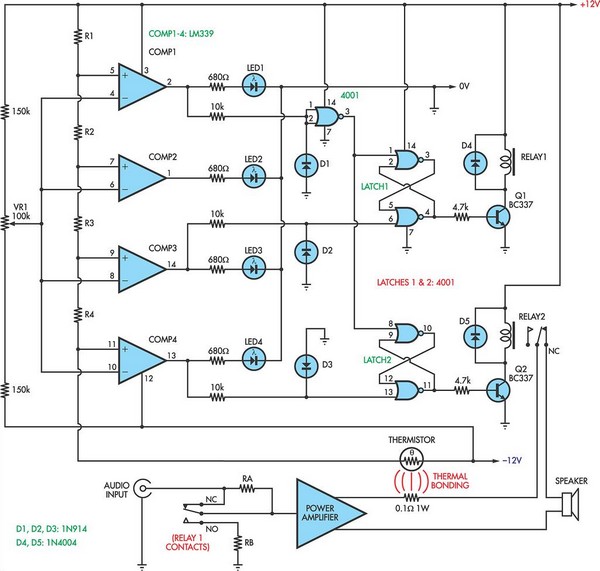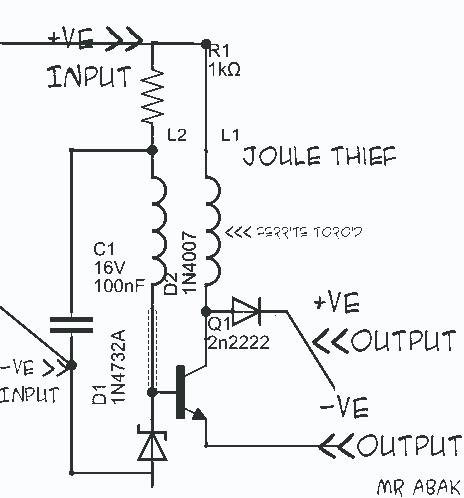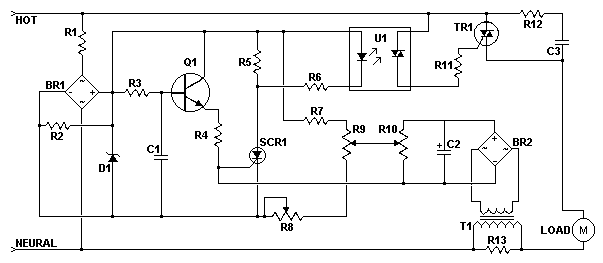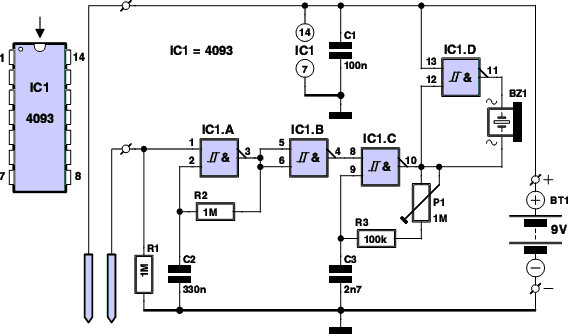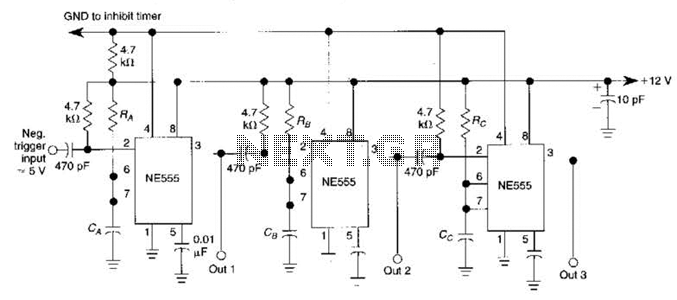
transformer Single pole AC to DC conversion circuit

A remote control light switch designed to fit into an existing light switch panel requires a 3.3V DC power supply for its electronics. However, the panel contains only two wires: one live wire and one wire that connects to the light bulb. The neutral line is not present in the panel box. The capacitor charges through the positive and negative cycles. There is a need for a continuous DC supply for the microcontroller/radio, but the method to achieve this modification is uncertain.
To create a functional remote control light switch using the existing two-wire configuration, a solution must be devised to provide a continuous 3.3V DC supply for the microcontroller and radio components. Given the absence of a neutral wire in the switch panel, one potential approach is to utilize a capacitive power supply circuit, which can draw energy from the live wire and convert it into a usable DC voltage.
The proposed circuit would consist of a capacitive dropper circuit that can be connected to the live wire. This circuit would include a capacitor in series with a resistor, which allows for the charging of the capacitor during the positive half-cycle of the AC voltage. A diode should be incorporated to rectify the AC input, allowing current to flow in one direction and charging the capacitor. The capacitor would then discharge through a voltage regulator to provide a stable 3.3V DC output for the microcontroller and radio.
To ensure that the microcontroller and radio receive a continuous supply, a large capacitor should be used to store enough charge during each cycle. Additionally, a low-dropout voltage regulator (LDO) can be employed to maintain a consistent output voltage, compensating for any ripple that may occur due to the charging and discharging cycles of the capacitor.
It is also crucial to include appropriate safety measures, such as fuses or circuit breakers, to protect the circuit from overcurrent situations. Proper insulation and housing must be considered to prevent any accidental contact with live components.
In summary, the implementation of a capacitive power supply circuit with rectification and regulation will allow for the conversion of the available AC voltage from the live wire into a continuous 3.3V DC supply, thereby enabling the operation of the remote control light switch and its associated electronics.A remote control light switch that fits into the existing light switch panel. And to power up the electronics that would requires a 3. 3V DC supply. The problem is, the panel has only two wires inside - 1. Live and 2. wires that goes to the light bulb. The neutral lines is not routed through the panel box. The capacitor got charged by the positive and negative cycle, I suppose. But I want a continuous supply of DC for the microcontroller/radio, I am not sure how to modify that. 🔗 External reference
To create a functional remote control light switch using the existing two-wire configuration, a solution must be devised to provide a continuous 3.3V DC supply for the microcontroller and radio components. Given the absence of a neutral wire in the switch panel, one potential approach is to utilize a capacitive power supply circuit, which can draw energy from the live wire and convert it into a usable DC voltage.
The proposed circuit would consist of a capacitive dropper circuit that can be connected to the live wire. This circuit would include a capacitor in series with a resistor, which allows for the charging of the capacitor during the positive half-cycle of the AC voltage. A diode should be incorporated to rectify the AC input, allowing current to flow in one direction and charging the capacitor. The capacitor would then discharge through a voltage regulator to provide a stable 3.3V DC output for the microcontroller and radio.
To ensure that the microcontroller and radio receive a continuous supply, a large capacitor should be used to store enough charge during each cycle. Additionally, a low-dropout voltage regulator (LDO) can be employed to maintain a consistent output voltage, compensating for any ripple that may occur due to the charging and discharging cycles of the capacitor.
It is also crucial to include appropriate safety measures, such as fuses or circuit breakers, to protect the circuit from overcurrent situations. Proper insulation and housing must be considered to prevent any accidental contact with live components.
In summary, the implementation of a capacitive power supply circuit with rectification and regulation will allow for the conversion of the available AC voltage from the live wire into a continuous 3.3V DC supply, thereby enabling the operation of the remote control light switch and its associated electronics.A remote control light switch that fits into the existing light switch panel. And to power up the electronics that would requires a 3. 3V DC supply. The problem is, the panel has only two wires inside - 1. Live and 2. wires that goes to the light bulb. The neutral lines is not routed through the panel box. The capacitor got charged by the positive and negative cycle, I suppose. But I want a continuous supply of DC for the microcontroller/radio, I am not sure how to modify that. 🔗 External reference
